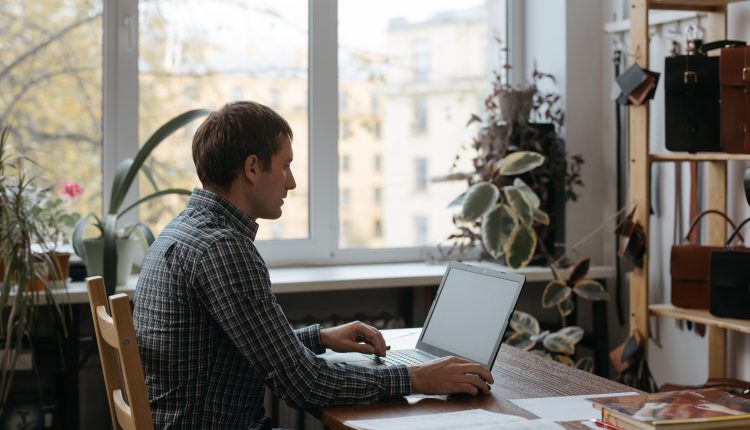Get Off Your Backside: Is Sitting at Work Killing You?
What are you doing right now? If I were to put money on it, I’d say you were sitting down. You sit a lot. Whether you’re in front of the TV, at your desk or in the car, you sit down practically all day, every day, and that’s not good for your wellbeing. According to the World Health Organization (WHO) physical inactivity is fourth in the list of major risk factors for chronic disease after high blood pressure, tobacco use and high cholesterol – bad company, indeed. How does this impact your corporate wellness? You spend most of your waking hours in the workplace – which, yes, is a pretty depressing thought. However, what’s even more depressing is the fact that you spend most of these hours sitting down, and that may literally be killing you.
In 2012, a study published in the Archives of Internal Medicine showed that if you sit for more than 11 hours a day, your risk of dying within three years is 40% higher than people who sit for less than 4 hours per day. If you sit for eight to 11 hours per day, your risk for dying within the next three years is 15% higher than those less-frequent sitters. You may be thinking, “Well, I still run marathons or go to Zumba three times a week” but that doesn’t get you off the hook; your risks are just as high if you sit for extended periods during the day.
Basically, you need to just get off your backside and move more often. Dr. James Levine, Professor of Medicine at the Mayo Clinic and an expert on the dangers of sitting, comments, ‘We know that as soon as somebody gets out of their chair, their blood sugar improves, their blood cholesterol and triglycerides improve, and that’s very consistent. Every time you get up it gets better. Every time you sit down it gets worse.’ But where do you come in as an employer? You need to get your employees moving regularly throughout the day, but how do you do that in a way that doesn’t impact productivity or negatively change the environment?
Kim Snider, President of Health Systems Group, details, ‘Health Systems Group works with our clients to recommend small changes on both the physical and cultural environments. These changes don’t take employees away from their work but help them to do it more actively. For example, making stairwells brighter and more appealing helps encourage people to take the stairs. Encouraging walking meetings or providing headsets so people can move around when they are on the phone, are small things that can make a big difference.’ However, even though these small changes are helpful, Snider points out you need something to motivate employees to choose the stairs.
‘Our search for a highly engaging resource led us to Tractivity,’ Snider recalls. ‘It’s a very simple but powerful tool that we combined with our own communications and programme strategies to create amazing results. Tractivity is a simple, reliable, sensor-based activity monitoring system combined with a web application called Tractivity Online that tracks and displays activity in a motivational and very engaging way. Using this system we were able to easily implement a number of activity challenges. Tractivity allows administrators to create Challenges—like walking Route 66 or The Appalachian Trail—or individuals can design their very own and invite their friends to join. These Challenges motivate employees to increase their activity levels to support their team, reach a shared goal or win an individual race.’ Snider adds, ‘We realise that in order for our data to be meaningful and fully represent the success of our programs we’ll need more time. But the anecdotal evidence is in and tells a very good story.’


Comments are closed.